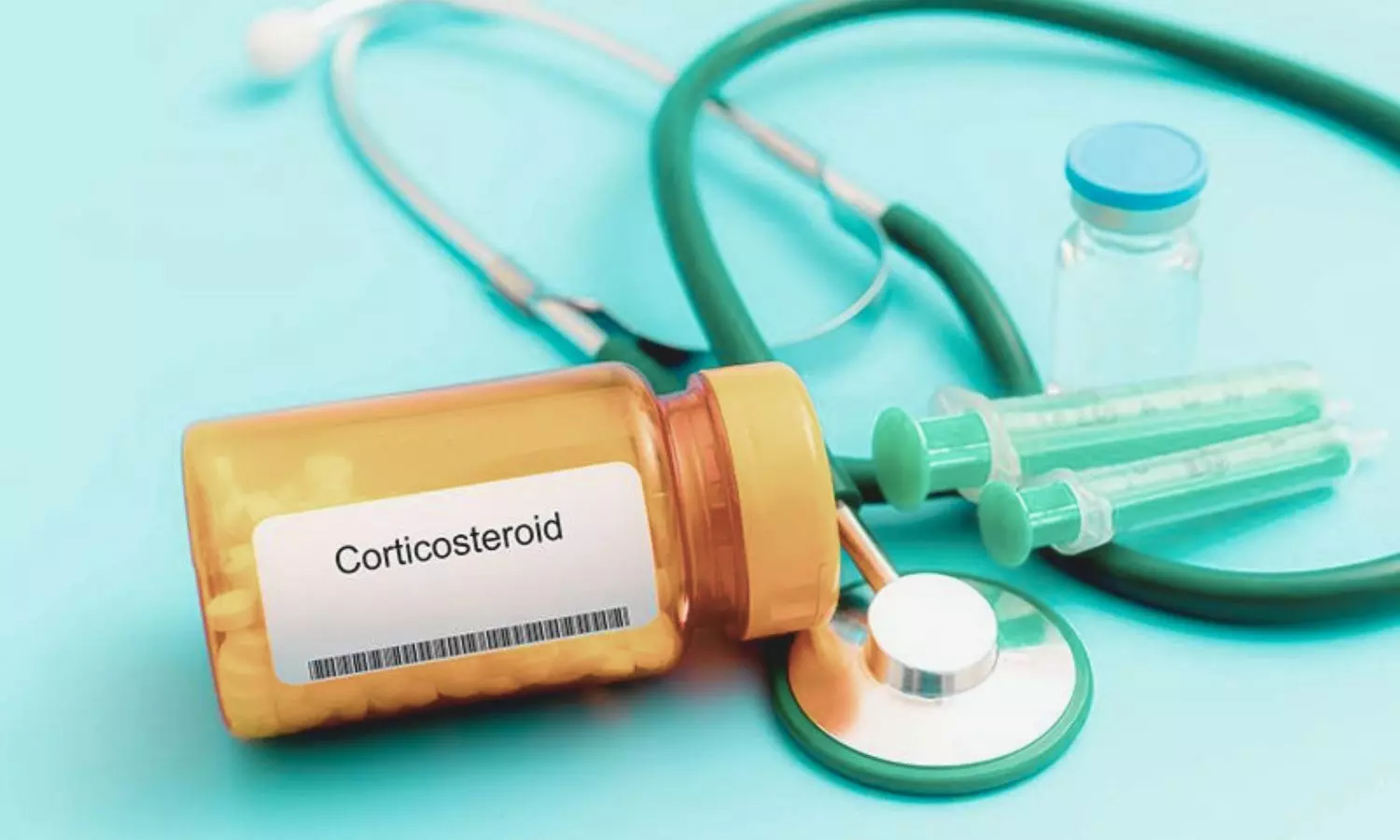Antenatal Corticosteroids may significantly reduce neurodevelopment in children born at 28–33weeks’ gestation: Study

Antenatal corticosteroids (ACS) are widely used before
preterm birth (before 37 weeks’ gestation) to reduce neonatal mortality,
respiratory distress syndrome and intraventricular haemorrhage. However,
potential overuse of ACS is a concern, as up to half of all babies exposed to
ACS are subsequently born at term (≥37 weeks’ gestation), when neonatal
benefits are minimal. Fetal overexposure to glucocorticoids may contribute to
programming of disease later in life. Evidence on long-term neurodevelopmental
outcomes associated with ACS exposure is conflicting. Better understanding of
associations between ACS exposure and childhood neurodevelopment would inform
clinical decision-making and elucidate how effects of ACS vary by gestational
age at birth, which is strongly associated with child neurodevelopment. This
longitudinal population-based study examined the associations of ACS exposure
with early childhood neurodevelopment, and whether these varied with
gestational age. Continuous and categorical neurodevelopmental assessments from
population-wide child health reviews at 27–30months of age were used.
It was a Population-based cohort study carried out at
Scotland, UK. 285 637 singleton children born at 28–41weeks’ gestation, between
1st January 2011 and 31st December 2017, who underwent health reviews at
27–30months of age were analysed. Logistic and linear regression analyses,
stratified by gestation at birth (28–33, 34–36, 37–38 and 39–41weeks’
gestation), were used to evaluate the associations between ACS exposure and
neurodevelopmental outcomes, and adjusted for maternal age, body mass index,
diabetes, antenatal smoking, parity, neighbourhood deprivation, birth year,
child sex and age at review. Practitioner-identified concerns about any
neurodevelopmental domain, and the average of five domain scores on
neurodevelopmental milestones from the parent-rated Ages and Stages
Questionnaire (ASQ-3).
After adjustment for covariates, ACS exposure was associated
with reduced neurodevelopmental concerns in children born at 28–33weeks’
gestation (OR=0.79, 95% CI=0.62–0.999) and with increased neurodevelopmental
concerns in children born at 34–36weeks’ gestation (OR=1.11, 95% CI=1.01–1.21).
No independent associations emerged in children born at later gestations. ACS
exposure was not associated with ASQ-3 scores in any gestational age group.
This large population-based cohort study of associations between
ACS exposure and neurodevelopmental outcomes at 27–30 months of age found that
in children born at 28–33weeks’ gestation, ACS exposure was associated with a
statistically significantly reduced odds of practitioner concerns about their
neurodevelopment. Children born at 34–36weeks’ gestation who were ACS-exposed
had statistically significantly increased odds of practitioner concerns about
neurodevelopment than non-ACS-exposed children born at this gestation. In
children born at 39–41weeks’ gestation, associations that were observed between
ACS exposure and increased odds of practitioner neurodevelopmental concerns
were attenuated to non-significance after adjusting for maternal and perinatal
confounders. ACS exposure was not associated with practitioner-identified
neurodevelopmental concerns in children born at 37–38weeks’ gestation, nor with
parent-assessed continuous neurodevelopment in any gestational age group.
This population-based cohort study of ACS exposure and
neurodevelopment in early childhood showed that after adjusting for child age,
sex, maternal and perinatal covariates, statistically significant associations
were observed between ACS exposure and reduced odds of practitioner-identified
neurodevelopmental concerns in children born at 28–33weeks’ gestation, and with
increased odds of practitioner-identified neurodevelopmental concerns in
children born at 34–36weeks’ gestation. Associations between ACS exposure and
increased odds of practitioner-identified neurodevelopmental concerns in
children born at 39–41weeks’ gestation were partly attenuated after adjustment
for maternal and perinatal covariates. However, the effect sizes of all the
aforementioned associations were small. No consistent associations between ACS
exposure and continuously assessed neurodevelopment were observed. Future
studies should include school performance and educational achievement outcomes
to assess potential associations of ACS with neurodevelopment beyond early
childhood.
Source: Emily M. Frier,
Marius Lahti-Pulkkinen, Chun Lin; BJOG: An International Journal of
Obstetrics & Gynaecology, 2025; 0:1–14
